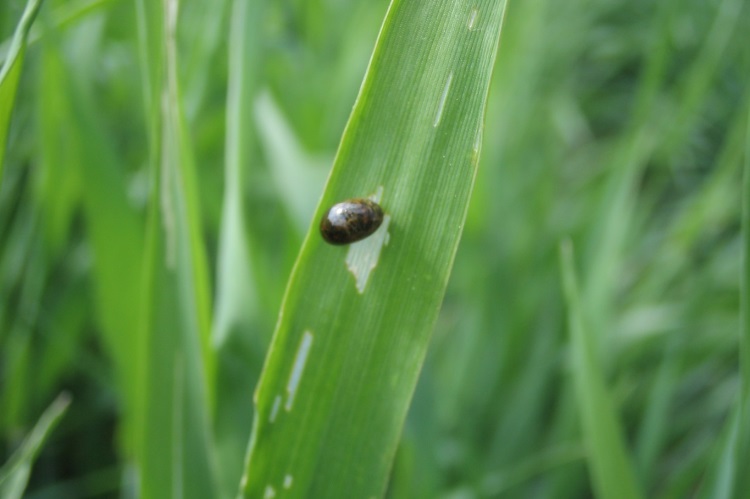How Do You Measure IPM?
31 March 2021The whole point of integrated pest management (IPM) is to work holistically with your farm system to manage the pest, weeds and diseases unique to your fields, using the tools and strategies that best maximise profit whilst minimising environmental footprint. Like trying to compare apples and pears, there are many different ways to get to the same positive result so how can you possibly compare what you do in different situations, never mind judge what would be the best things to improve or compare between years?
A new planning tool developed by SRUC in partnership with Teagasc and University of Reading replaces previous IPM plans which were largely static tick lists and now lets you score your IPM practices. The plan uses farmer derived metrics to value the how important different interventions, such as rotations or varieties, are in reducing pest and disease risk. So this new plan is not some ivory tower notion of what works on farms. Even this early part of building the IPM tool gave some interesting pointers to the sustainable thinking of growers, so for example preventative measures such as rotations were the interventions judged most useful by growers. Pleasingly in early prototype runs with more than 200 growers, Scotland scores quite highly so there is a positive message already for our industry that we are not starting from zero with IPM.
The new tools has been picked up by the Scottish and English Vis and by quality assurance schemes Scottish Quality Crops Ltd and Red Tractor. It now replaces the older plans. The Scottish Plan is hosted on Scotland’s Plant Health Centre’s website. The information entered is for your own use and the print out will help demonstrate to auditors that you have completed a plan. The data is securely held and will not be used to identify individuals. It really is a tool to let you baseline your farm and adopt the practices that make the biggest difference to reducing pest weed and disease burdens and hence reliance on pesticides. IPM is often wrongly described as the biological alternatives to conventional pesticides but this completely misses the point. The careful use of pesticides where needed and then applied at doses and in ways that reduce their impact are key features, as is the fact that after application you review their effect and adjust future spray plans accordingly. There are so many wins in that efficient and targeted approach.
Feedback is that it takes about 20 minutes to complete the plan and print off or save a copy.
Fiona Burnett, SRUC for the Farm Advisory Service
Sign up to the FAS newsletter
Receive updates on news, events and publications from Scotland’s Farm Advisory Service

